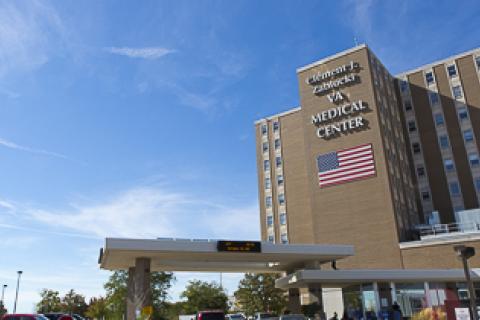VA Milwaukee health care
At VA Milwaukee Healthcare System, our health care teams are deeply experienced and guided by the needs of Veterans, their families, and caregivers. Find a health facility near you, and manage your health online. Sign up for community events and updates.
Locations
Clement J. Zablocki Veterans' Administration Medical Center

Manage your health online
In the spotlight at VA Milwaukee health care
Events
It's time to relax, connect and find support among fellow women who have served our country.
9:00 a.m. – 3:30 p.m. CT

